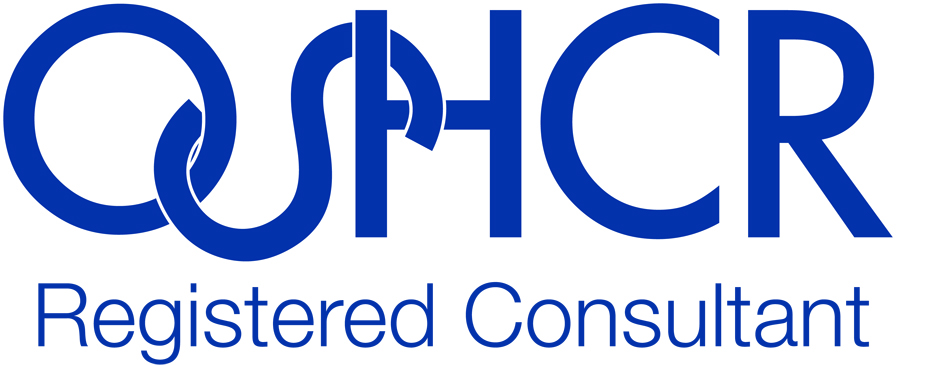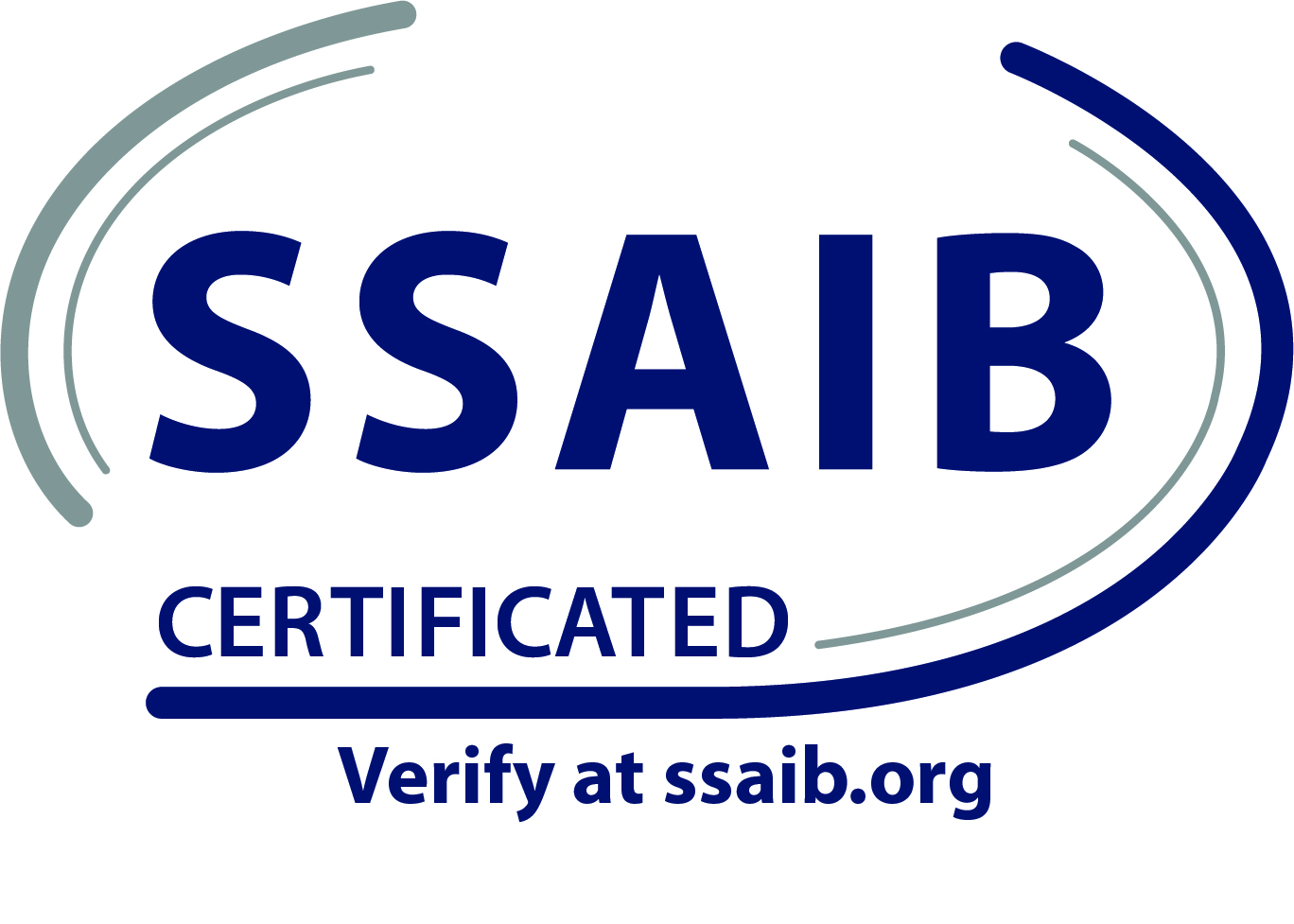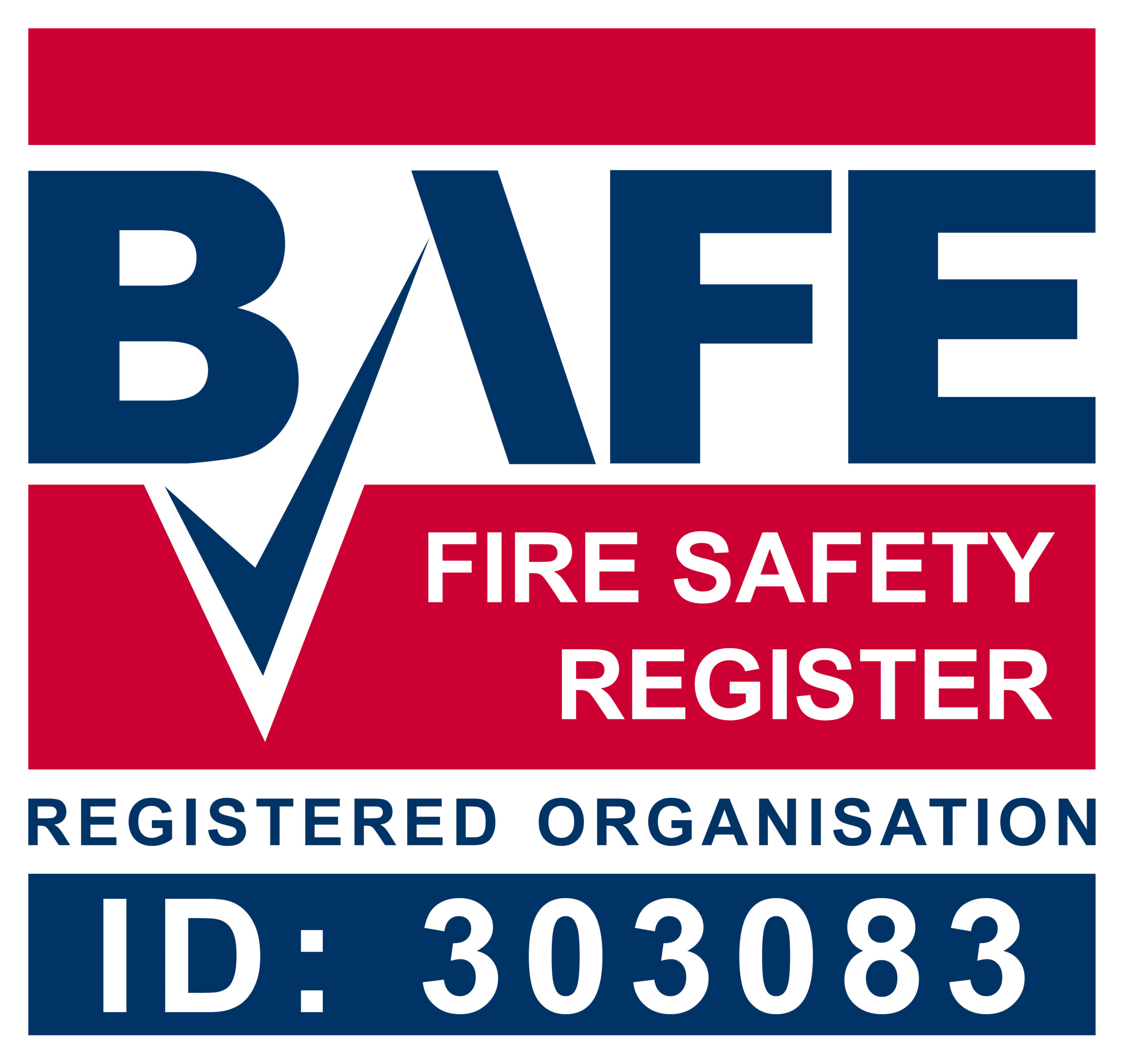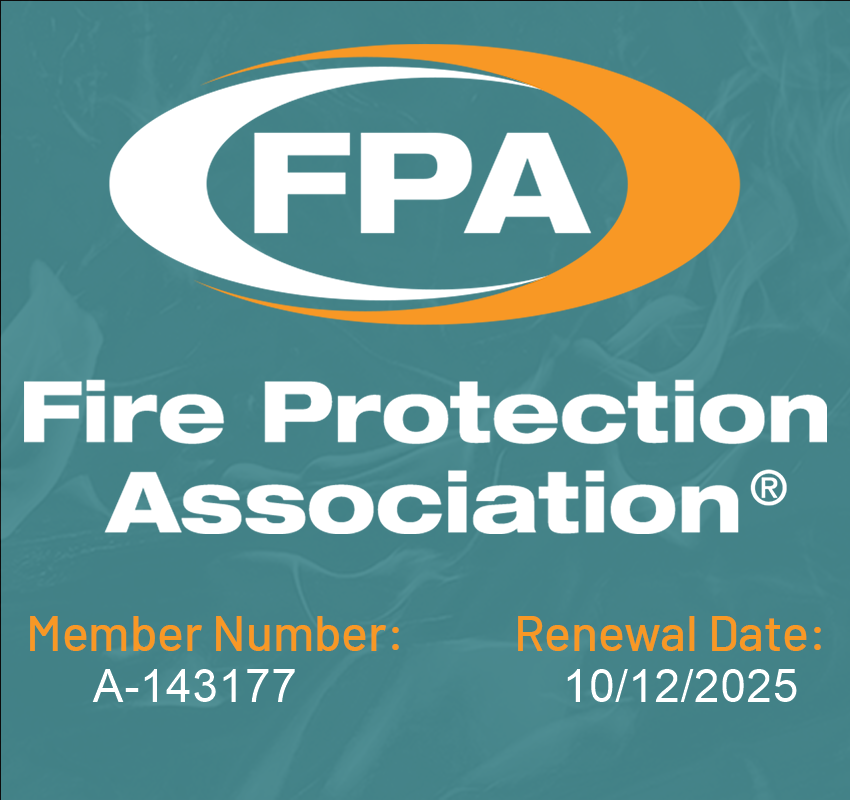Why Landlords Need to Prioritise Fire Risk Assessments
Welcome to our latest blog post. In today’s discussion, we delve into the critical issue of fire risk assessments for landlords. Ensuring your tenants and property are safe should be your top responsibility as a landlord. This blog post will show why fire risk assessments are crucial and how they can protect landlords and tenants.
Understanding Fire Risk Assessments
Fire risk assessments involve systematically evaluating a property to identify potential fire hazards. This process is essential in determining the level of fire risk present in a property and what preventive measures need to be taken. It’s a vital step that not only ensures the safety of the tenants but also helps landlords avoid potential legal issues.
Importance of Fire Risk Assessments
Fire risk assessments are crucial for several reasons. They help identify potential fire hazards and risks. By conducting a thorough assessment, landlords can pinpoint areas that may pose a fire risk, such as faulty electrical wiring or flammable materials. This proactive approach allows for mitigating these risks before they escalate into serious issues.
Fire risk assessments help devise an effective emergency plan. In the unfortunate event of a fire, having a well-thought-out emergency plan can save lives. This plan should include clear evacuation routes, assembly points, and procedures for contacting the fire service. They also ensure compliance with fire safety regulations. In the UK, landlords are legally required to conduct regular fire risk assessments under the Regulatory Reform (Fire Safety) Order 2005. Violations may be punished with severe penalties or possibly imprisonment.
Lastly, fire risk assessments protect tenants and property from potential fire damage. By identifying and mitigating fire risks, landlords can prevent devastating fires that could result in injury or loss of life and significant property damage.
In summary, fire risk assessments are an essential part of property management. They help ensure the safety of tenants, protect valuable property, and keep landlords on the right side of the law.
Legal Obligations for Landlords
The Regulatory Reform (Fire Safety) Order of 2005 requires landlords to take specific steps to protect tenants from fire-related harm. These obligations are not just legal requirements but are crucial steps in protecting your property and the lives of those living in it.
Key Legal Obligations
One of the fundamental legal obligations for landlords is to conduct regular fire risk assessments. This is not a one-time task but should be done regularly to account for any changes in the property that could introduce new fire risks.
Another obligation is to maintain fire safety equipment and alarms. This includes ensuring that smoke alarms are installed and working correctly and that fire extinguishers are accessible and in good working order. Landlords are also required to provide fire safety information to tenants. This includes informing tenants about the emergency evacuation plan, the location of fire safety equipment, and what to do in the event of a fire. They must ensure escape routes are clear and accessible at all times. This means keeping hallways, stairs and exits free from obstruction and ensuring fire doors function correctly.
Understanding and fulfilling these legal obligations is not only a matter of compliance but is also crucial in ensuring the safety of your tenants and property.
The Consequences of Neglecting Fire Risk Assessments
Neglecting fire risk assessments can lead to disastrous outcomes, including loss of lives, damage to property, and legal repercussions. It’s a risk that no landlord should take.
Potential Consequences
One of the severe consequences of neglecting fire risk assessments is the potential for heavy fines or imprisonment for non-compliance with fire safety regulations. The Regulatory Reform (Fire Safety) Order 2005 mandates regular fire risk assessments, and failure to comply can result in severe penalties.
Damage to property and potential loss of rental income is another significant consequence. A fire can cause extensive damage, rendering a property uninhabitable and leading to a loss of rental income until repairs can be made. Landlords could face legal liability for injuries or deaths caused by fire.
If a fire occurs and it’s found that the landlord was negligent in their fire safety responsibilities, they could be held legally responsible. Neglecting fire risk assessments is a gamble that comes with high stakes. It’s a legal, financial, and moral obligation that all landlords must take seriously.
How to Conduct a Fire Risk Assessment
Conducting a fire risk assessment involves identifying potential fire hazards, evaluating the risk, and implementing mitigation measures. It’s a systematic process that requires a thorough understanding of fire safety.
Steps to Conduct a Fire Risk Assessment
Identifying possible fire hazards is the first step in completing a fire risk assessment. This entails searching the premises for fuel and ignition sources, such as electric devices, furniture, and waste materials.
Next, evaluate who might be at risk. Consider the people who use the property, including tenants and visitors, and identify those who may be particularly at risk, such as the elderly or disabled.
Using strategies to decrease or eliminate hazards is the third step. To minimise the accumulation of combustible items, this may entail eliminating or securely storing potential sources of ignition or fuel, maintaining good housekeeping, and installing fire safety equipment like smoke alarms and fire doors.
Once the risks have been identified and measures implemented, record your findings and prepare an emergency plan. This plan should include details of the identified risks, the measures taken to mitigate them, and the procedures to follow in the event of a fire.
Finally, regularly examine and update the assessment. Fire risk assessments must be dynamic and updated frequently to account for alterations to the building or its intended use.
Hiring Professionals for Fire Risk Assessments
Due to the complexity and importance of fire risk assessments, hiring trained and experienced professionals is recommended. They must possess the skills and information necessary to conduct in-depth analyses and make sensible recommendations.
Benefits of Hiring Professionals
Hiring professionals for fire risk assessments offers several benefits. They can provide an accurate and thorough risk assessment and have the training and experience to identify potential hazards that an untrained eye may overlook.
Employing competent fire safety professionals will provide you with assurance the most recent legislation has been applied to the risk assessment process. They can advise you on compliance and recommend improvements, providing you with comfort in knowing that your property is safe.
Also, hiring experts might help you save time and cost. Completing a fire risk assessment might take a while, especially for bigger homes. Employing experts can help landlords manage their properties more effectively by saving them time and effort.
Although it is possible for landlords to perform their own fire risk assessments, doing so has many advantages that can help the process go more smoothly and effectively.
Regular Review and Updates
Fire risk evaluations shouldn’t be done only once. To guarantee continuous safety, frequent evaluations and modifications are required. Renovations or changes in property usage can create new fire risks that must be considered.
Importance of Regular Reviews
The importance of regular reviews and updates to fire risk assessments cannot be overstated. They serve as a proactive measure to ensure the safety of tenants and the property.
- Regular reviews of fire risk assessments ensure continued compliance with fire safety regulations.
- Regulations may change over time, and regular reviews can ensure that your property remains compliant.
- Reviews also help identify new risks that may have emerged. Changes in the property or its use can introduce new fire hazards that must be addressed.
- Regular reviews also allow for updates to emergency plans as necessary. If the layout of the property changes, for example, evacuation routes may need to be updated.
- Regular reviews help maintain a safe environment for tenants. By regularly reviewing and updating fire risk assessments, landlords can ensure that their properties remain as safe as possible from the threat of fire.
Regular reviews and updates of fire risk assessments are crucial to maintaining fire safety in a property. They help ensure continued compliance with regulations, identify new risks, and maintain a safe environment for tenants.
The Role of Fire Safety Equipment
Fire safety equipment is essential in reducing the risk of fire-related incidents. It is crucial to understand their function and ensure they are appropriately maintained.
Types of Fire Safety Equipment:
- Smoke Alarms: Smoke alarms are essential devices that detect smoke, typically an indicator of fire, and sound an alarm to alert occupants. They provide early warning of a potential fire, giving occupants time to evacuate and potentially preventing a small fire from becoming large.
- Fire Extinguishers: Use fire extinguishers to extinguish small flames or keep them under control until the fire brigade comes. They are an essential component of fire safety gear, but it’s critical to ensure the appropriate kind of extinguisher is accessible for the potential forms of fire.
- Fire Blankets: Fire blankets are used to smother small fires or wrap around a person who is on fire. They are beneficial for kitchen fires, which can be used to smother a fire on a stove or pan.
- Emergency Lighting: In the event of a power outage, emergency lighting aids in directing building occupants to safety during a fire. It helps guarantee that occupants can safely exit the building by illuminating escape routes and signage.
Maintenance of Fire Safety Equipment
Maintaining fire safety equipment is a multifaceted process that requires regular attention and care.
One of the first steps in this process is regularly testing devices such as smoke alarms. These devices are crucial for the early detection of fires, and their functionality can mean the difference between a minor incident and a major disaster. It is advised that smoke alarms be checked monthly, and their batteries changed at least once every 6-12 months.
In addition to smoke alarms, fire extinguishers play a vital role in fire safety. These devices, however, require a more specialised form of maintenance. Professional inspections of fire extinguishers should be conducted annually to ensure they are in good working order and ready to use in the event of a fire. This examination can aid in finding any problems that can prevent the extinguisher from functioning correctly when it’s most required.
Another critical aspect of maintaining fire safety equipment is the replacement of outdated or malfunctioning devices. For instance, even if a smoke alarm appears to be working correctly, it should be replaced every ten years to ensure its reliability. This is because the sensors in smoke alarms can degrade over time, reducing their effectiveness.
Lastly, proper training in the use of fire safety equipment is crucial. Occupants of the property should know how to operate fire extinguishers and how to use fire blankets. This knowledge can empower them to respond effectively in the event of a fire, potentially preventing a small fire from becoming a large one.
To summarise, maintaining fire safety equipment is a critical aspect of fire safety in a property. It involves ensuring the availability of the right equipment, maintaining it properly, and ensuring that occupants are trained in its use.
By paying careful attention to these aspects, landlords can significantly enhance the level of fire safety in their properties.
Importance of Tenant Education
Educating tenants about fire safety is another crucial aspect. Tenants should be aware of potential hazards and know what to do in case of a fire.
What to Include in Tenant Education:
- A Fire Escape Plan: A fire escape plan is crucial. Tenants should know the quickest and safest way to exit the building in the event of a fire. This involves knowing where each exit is located and how to get there.
- Proper Use of Fire Safety Equipment: The proper use of fire safety equipment is another critical aspect. Tenants should know how to use fire extinguishers and fire blankets and understand when and how to use them.
- Reporting Potential Hazards: Reporting potential hazards is also essential. Encourage tenants to report any potential fire hazards they notice, such as faulty electrical equipment or blocked exits.
- No Smoking Rules: No smoking rules should also be communicated. If applicable, remind tenants of no smoking rules within the property, and ensure they understand the risks associated with smoking indoors.
Ways to Educate Tenants
Educating tenants about fire safety is a multifaceted process that can take various forms.
One of the first steps can be providing a welcome pack when tenants move in. This pack can serve as a comprehensive guide to fire safety within the property, including a copy of the fire escape plan, information on how to use fire safety equipment, and rules about smoking and other potential fire hazards.
In addition to the welcome pack, regular updates or reminders about fire safety rules and procedures can be sent to tenants. These updates are significant if there have been changes to the property or its use, as these changes might affect fire safety measures or evacuation routes.
Another effective way to educate tenants is through safety meetings. These formal or casual meetings provide an opportunity to discuss fire safety issues, remind tenants about fire safety protocols, and answer any questions they may have. It’s a proactive approach that encourages open communication about fire safety between landlords and tenants.
Visual reminders, such as posters and signs, can also be helpful in fire safety education. Strategically placed around the property, these reminders can reinforce fire safety rules and procedures and provide information about fire safety equipment and escape routes.
Tenant education is a crucial part of fire safety. By ensuring tenants understand the risks and know what to do in the event of a fire; landlords can help to prevent fires and ensure a swift and safe response if a fire does occur.
This comprehensive approach to tenant education, combining written information, regular updates, meetings, and visual reminders, can significantly enhance the fire safety of a property.
Conclusion
In conclusion, landlords have a significant role to play in ensuring the safety of their properties and tenants from fire. Prioritising fire risk assessments help identify potential hazards, meet legal obligations, and protect against devastating consequences.
For professional assistance with fire risk assessments and other fire safety matters, feel free to contact our expert team. We are committed to helping landlords maintain safe and compliant properties.









